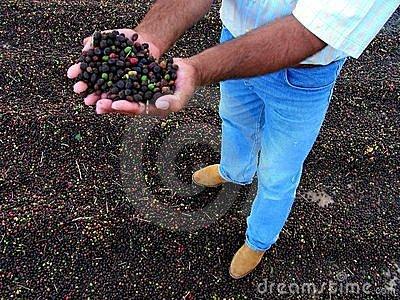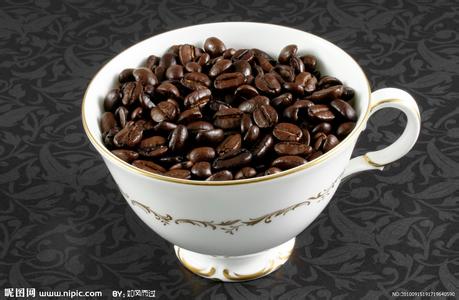A brief introduction to the flavor characteristics of Yejia coffee beans, grinding degree and taste production area
A brief introduction to the flavor characteristics of Yejia coffee beans, grinding degree and taste production area
[raw bean treatment]: washing and refining method
[special point]: the coffee tree originated in Ethiopia, which was originally a wild plant here. The name "coffee" comes from the Ethiopian town "Kaffa". In fact, many coffee trees in Ethiopia are still wild plants, and the coffee grown on this coffee tree is full-grained and slightly alcoholic.
General coffee varieties are named after their origin, while boutique coffee is more accurate in traceability. The name of this coffee can be explained as: this coffee is grown in Ethiopia, Yega, where it is grown, washed in Kochel's processing plant, and graded as first-grade coffee beans (hand-picked, very few defective beans). In addition: even if it is produced here, beans without Yega Shire flavor are not qualified to be named by that name.
Key points of G _ 1 tasting of Yejia Snow Fine
1. Be sure to smell the dry fragrance (freshly ground coffee powder). Is there a scent of flowers in your nostrils?
2, try not to add milk and sugar, with a normal heart, look at it as a whole fresh, sour and sweet flavor
3. After cooling, does it highlight the sweet potato flavor?
Yejassefi's coffee trees were planted by European monks (a bit like Belgian monks growing wheat to brew beer) and were later transferred to farmers or cooperatives. Yejia Chuefei is actually constructed by surrounding coffee communities or cooperatives, including Edido Idido, Hafusa Harfusa, Hama Hama and Biloya near Fog Valley Misty valley, all washed with water, but there are also a small number of off-product beans engraved with sun to enhance the charming fruit aroma and mellow thickness. These mountain villages are foggy, like spring all year round, with a gentle breeze in summer, cool but not hot, rain but not damp, and no cold damage in winter, giving birth to a unique regional flavor of citrus and flowers. Coffee trees are mostly planted in farmers' own backyard or mixed with other crops in the field, the yield per household is not much, it is a typical rural coffee. Yega Xuefei won the prize beans almost from the above-mentioned coffee villages and communities.

Important Notice :
前街咖啡 FrontStreet Coffee has moved to new addredd:
FrontStreet Coffee Address: 315,Donghua East Road,GuangZhou
Tel:020 38364473
- Prev

The History of Coffee in Yunnan when did China begin to grow coffee beans
The History of Coffee in Yunnan when did China begin to grow coffee beans during the period of the Republic of China, the Catholic Church still sent Father Xu, Father Gu and Father Duan to Binchuan. These missionaries taught the villagers to read the Bible, set up a church primary school, and brought basketball. Although missionaries are different, they all like to drink coffee, and they continue to grow seedlings and expand the territory of coffee trees. But...
- Next

What is the price of El Salvador Himalayan coffee beans? flavor description taste treatment
How does the price of El Salvador Himalayan coffee describe its flavor Salvadoran coffee ranks alongside Mexico and Guatemala as a producer of Asa and Merdo, and is competing with other countries for the top two places in China and the United States. The highlands of origin are large coffee beans of all sizes, which are fragrant and mild in taste. Like Guatemala and Costa Rica, El Salvador
Related
- Detailed explanation of Jadeite planting Land in Panamanian Jadeite Manor introduction to the grading system of Jadeite competitive bidding, Red bid, Green bid and Rose Summer
- Story of Coffee planting in Brenka region of Costa Rica Stonehenge Manor anaerobic heavy honey treatment of flavor mouth
- What's on the barrel of Blue Mountain Coffee beans?
- Can American coffee also pull flowers? How to use hot American style to pull out a good-looking pattern?
- Can you make a cold extract with coffee beans? What is the right proportion for cold-extracted coffee formula?
- Indonesian PWN Gold Mandrine Coffee Origin Features Flavor How to Chong? Mandolin coffee is American.
- A brief introduction to the flavor characteristics of Brazilian yellow bourbon coffee beans
- What is the effect of different water quality on the flavor of cold-extracted coffee? What kind of water is best for brewing coffee?
- Why do you think of Rose Summer whenever you mention Panamanian coffee?
- Introduction to the characteristics of authentic blue mountain coffee bean producing areas? What is the CIB Coffee Authority in Jamaica?

